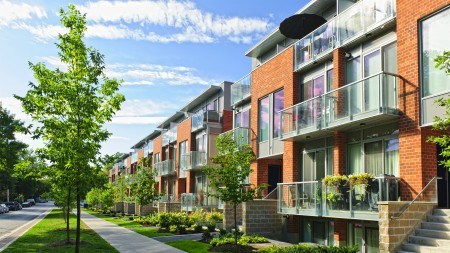The emergence of any kind of damp or water problem in sectional title (ST) schemes often gives rise to confusion – and sometimes frayed tempers - over who must pay for the necessary repairs.
At first glance, things seem simple. Water can usually only get into ST units and cause damp or mould problems through the roof, the foundations or the outside walls and as all of these are parts of the common property, the responsibility for fixing them lies with the body corporate.
So says Berry Everitt, MD of the Chas Everitt International property group, who notes that Section 37 of the Sectional Titles Act (which is still in force until the Sectional Title Schemes Amendment Act comes into operation) requires the body corporate to maintain and repair the common property, and that every owner in an ST scheme is entitled to expect this to be done, even if it means raising a special levy.
“What is more, if a special levy is required, the owners of ground floor units have the same responsibility to contribute towards roof repairs as the owners of units on the top floor. Similarly, top-floor owners have to help pay for foundation repairs.”
Writing in the Property Signposts newsletter, he says special levies for repairs, like all special levies, will usually be raised according to the owners' participation quotas.
“Meanwhile, any section owner who suffers damage to the inside of his or her section as a result of water seeping in from common property is entitled to claim the costs of repairs from the body corporate – or more usually from its insurers.”
On the other hand, says Everitt, if a leak that causes damage originates in another unit, the owner of that unit will be responsible for the costs of repair. Common sense also dictates that a leak originating inside an ST unit, or damage caused by such a leak, is the sole responsibility of the unit owner.
So far, so good. But sometimes the source of a leak is not obvious. It could, for example, be from a pipe in the slab that forms the floor of one section and the ceiling of another, or in a wall between two sections. “In such cases, if the pipe is ‘in transit’ from one part of the building to another, or if the pipe serves more than one section, the body corporate may be responsible for the cost of repairs.
“If the pipe contains hot water, however, the owner of the section being served by the hot water is responsible for repair of the pipe as well as any damage caused by the leak.”


